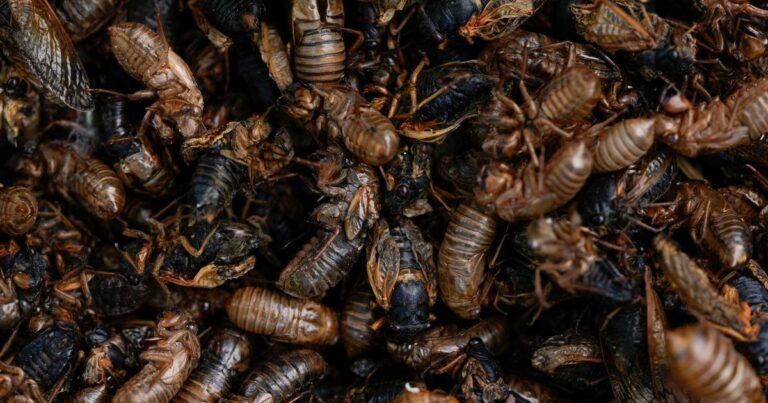
Archaeologists in Peru announced they found the 5,000-year-old remains of a noblewoman at the sacred city of Caral, in an area which for decades was used as a garbage dump. The new discovery revealed the important role played by women in the oldest center of civilization in the Americas, researchers said.
“What has been discovered corresponds to a woman who apparently had elevated status, an elite woman,” archaeologist David Palomino told AFP.
The mummy was found in Aspero, a sacred site within the city of Caral that was a garbage dump for over 30 years until becoming an archaeological site in the 1990s.
Palomino said the carefully preserved remains, dating to 3,000 years BC, contained skin, part of the nails and hair and was wrapped in a shroud made of several layers of fabric and a mantle of macaw feathers. Macaws are colorful birds that belong to the parrot family.
The woman’s funerary trousseau, which was presented to reporters at the culture ministry, included a toucan’s beak, a stone bowl and a straw basket.
Peru’s culture ministry
“This is an exceptional burial due to the preservation of skin, hair, and nails, a rare condition in this area, where usually only skeletal remains are recovered,” Peru’s culture ministry said in a news release.
Preliminary analyses indicate that the remains found in December belong to a woman between 20 and 35 years old who was about 5 feet tall, and wearing a headdress — made with bundles of twisted threads — that represented her elevated social status.
Palomino told reporters the find showed that while “it was generally thought that rulers were men, or that they had more prominent roles in society” women had “played a very important role in the Caral civilization.”
Caral society developed between 3000 and 1800 BC, around the same time as other great cultures in Mesopotamia, Egypt and China.
The city is situated in the fertile Supe valley, around 115 miles north of Lima and 12 miles from the Pacific Ocean.
It was declared a U.N. World Heritage Site in 2009.
The culture ministry said the discovery follows other elite burials found in Áspero, inlcuding the “Lady of the Four Tupus” in 2016, and the “Elite Male” in 2019).
Earlier this month, researchers carrying out excavation work in southern Peru found an ancient tomb filled with the remains of two dozen people believed to be battle victims.






